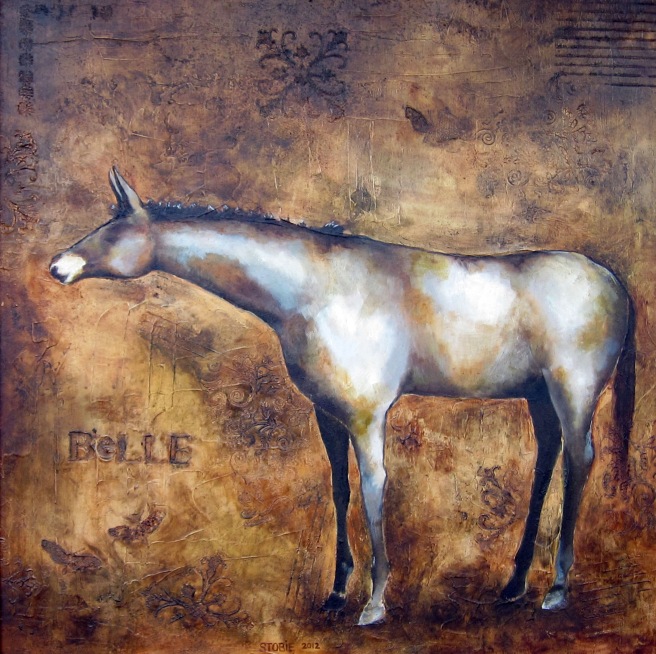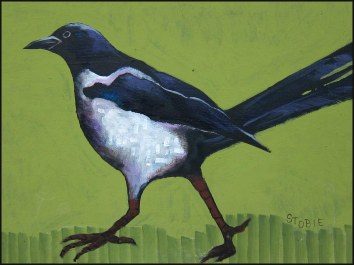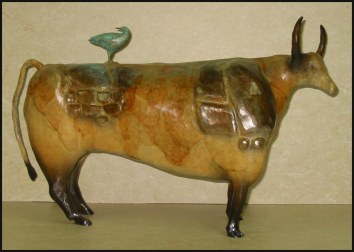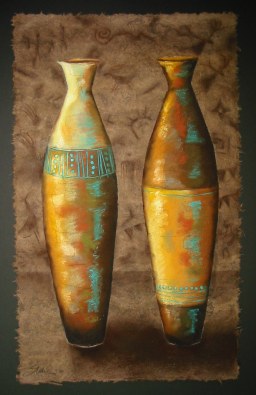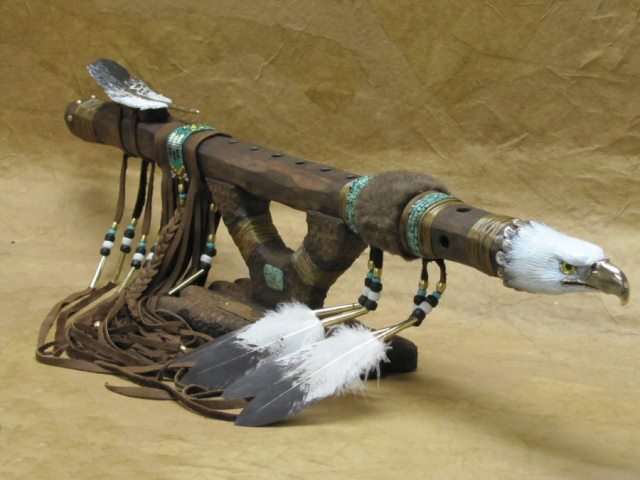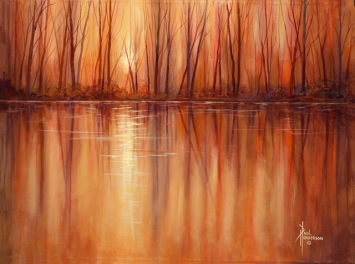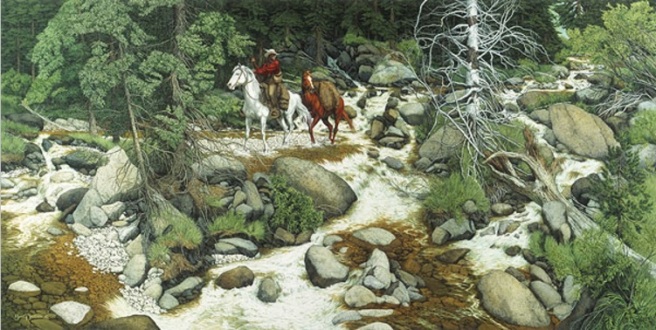
In a cinema-saturated society where most people effortlessly rattle off the monikers of 20 living celebrities, naming a fine art painter — especially one who is still breathing — is a challenge.
Within that limited list, however, the name Bev Doolittle will probably appear.
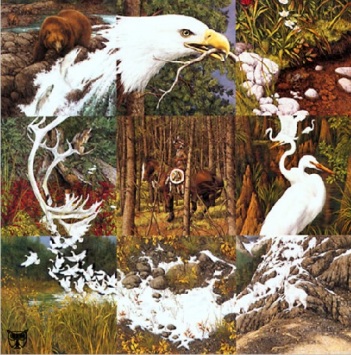
One of America’s most collected artists, Doolittle paints highly detailed Western Art, primarily in watercolor, that focuses on the environment, Native American tradition, and wildlife. In ironic variance with her name, Doolittle has created, during a career that spans more than 40 years and counting, a significant body of work, which she sells as both originals and prints.
Her images are on calendars, journals, and note cards. They are in a number of books that she has co-authored and illustrated. Through Greenwich Workshops, her principle publisher, Doolittle’s limited edition prints have consistently sold out, and during a 2005 show at Wenaha Gallery when the artist appeared personally in Dayton to sign her prints, the line of purchasers extended out the door and into the sidewalk.

“From the front desk, where I was busy processing sales, I looked across the room where Bev was signing work and chatting with clients,” Lael Loyd, who presently manages the gallery, remembers.
“What impressed me the most is how much time she spent interacting with each person. She was not rushed or moving people through the line quickly. She took time to talk and sign and interact.
“People loved her.”
People still do. Although Doolittle is popularly known for her camouflage technique, in which elements like animals or human faces are hidden within rocks and trees or clouds and streams, not all of her work employs this stratagem. Loyd remembers Doolittle explaining how the public’s reception to the first camouflage piece was so overwhelmingly positive, that the artist was encouraged to, well, Do More.
“Many people call me a ‘camouflage artist,’ but that just isn’t true,” Doolittle says on the Greenwich Workshop website. “If I have to be categorized at all, I like to think of myself as a ‘concept painter.’ I am an artist who uses camouflage to get my story across, to slow down the viewing process so you can discover it for yourself.
“Everything I do is intended to enhance the idea of each piece. For me, camouflage is a means to an end, not an end in itself.
“My meaning and message are never hidden.”

That being said, a viewer can spend a lot of time in front of a Doolittle piece, searching for images that may, or may not, be there. In Hide and Seek, a compilation of 24 smaller paintings of brown and white paint horses set against rocks and snow, the words “Hide and Seek,” once seen, are never unseen. They become one with the work, and the viewer feels as if he shares the secret, and the pun, with the artist.
But sometimes, according to Loyd, viewers see things that even the artist doesn’t know are there.
“Once Doolittle became known for doing camouflage, that’s what collectors began seeing,” Loyd says, “but as Doolittle herself says, not all of her work uses this technique.
“I’ve had people come up to me and say, ‘Look — I see a fish in that rock!’ when there isn’t one, but I’m sure Doolittle wouldn’t mind.
“With both her ‘camo’ and her regular work, Doolittle has given collectors much variety.”

One of Doolittle’s earliest ‘regular’ works, painted in 1977, is The Arrival, depicting a group of Indian scouts spotting the season’s first herd of buffalo. Sold to a private collector, the painting vanished from public view, and Greenwich Workshop made a concerted effort to find it.
“They knew it was out there, but they just didn’t know where,” Loyd says. “When they did find it, and secured permission from the owner to make limited edition prints from it, it added to the history of the Doolittle collection. It tells a beautiful story, like so many of her works do, and I’m glad that this story can be told to more people.”
Doolittle is still telling stories, and in the spirit of adventure and the great outdoors, she adds additional diversity — more writing, as well as different media and sculpture — to the work done in her California studio. As she told Ralph Cissne, author of the 2015 article about Doolittle, Hidden in Plain Sight, in Chrome Magazine,
“You don’t really retire from art. Hopefully, I can keep going until I fall over on my brush.
“The West is an endless source of ideas for paintings and stories.”
 Wenaha Gallery is featuring a collection of hard-to-find Bev Doolittle limited edition prints at our latest Art Event, running from Monday, October 19 through Saturday, November 14. Central to the Event are 14 framed pieces dating from Doolittle’s earlier paintings. Also included is The Arrival, released in 2010, and Beyond Negotiations, a limited edition of Doolittle’s first acrylic in 30 years.
Wenaha Gallery is featuring a collection of hard-to-find Bev Doolittle limited edition prints at our latest Art Event, running from Monday, October 19 through Saturday, November 14. Central to the Event are 14 framed pieces dating from Doolittle’s earlier paintings. Also included is The Arrival, released in 2010, and Beyond Negotiations, a limited edition of Doolittle’s first acrylic in 30 years.
Contact the gallery by phone at 800.755.2124 or e-mail art@wenaha.com. Gallery hours are 9 a.m. to 6 p.m. from Monday through Saturday, and by appointment. Visit the Wenaha Gallery website online at www.wenaha.com.
Wenaha Gallery is your destination location for Greenwich Workshop Fine Art Prints, professional customized framing, and original fine art paintings and sculpture by notable Pacific Northwest artists. Books, gifts, note cards, jigsaw puzzles, and more are also available. Visit at 219 East Main, Dayton, WA.
This article was written by Carolyn Henderson.
